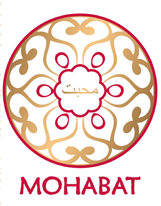Kashmir is located in the middle section of the Silk Road and the western half of the Himalayan Mountain region. It lies between the borders of China, India and Pakistan, and was once a scenic tourist location famed as “The Switzerland of South Asia”.
Kashmir is well-known around the world for her long history of exporting premium pashmina. With a predominantly agrarian economy, the handicraft industry is a major source of employment for locals. The Kashmiris have developed unparalleled expertise in weaving and making premium pashmina scarves and handmade silk carpets. The artisans in Kashmir believe that years of hard work and dedication to their craft will be rewarded.
